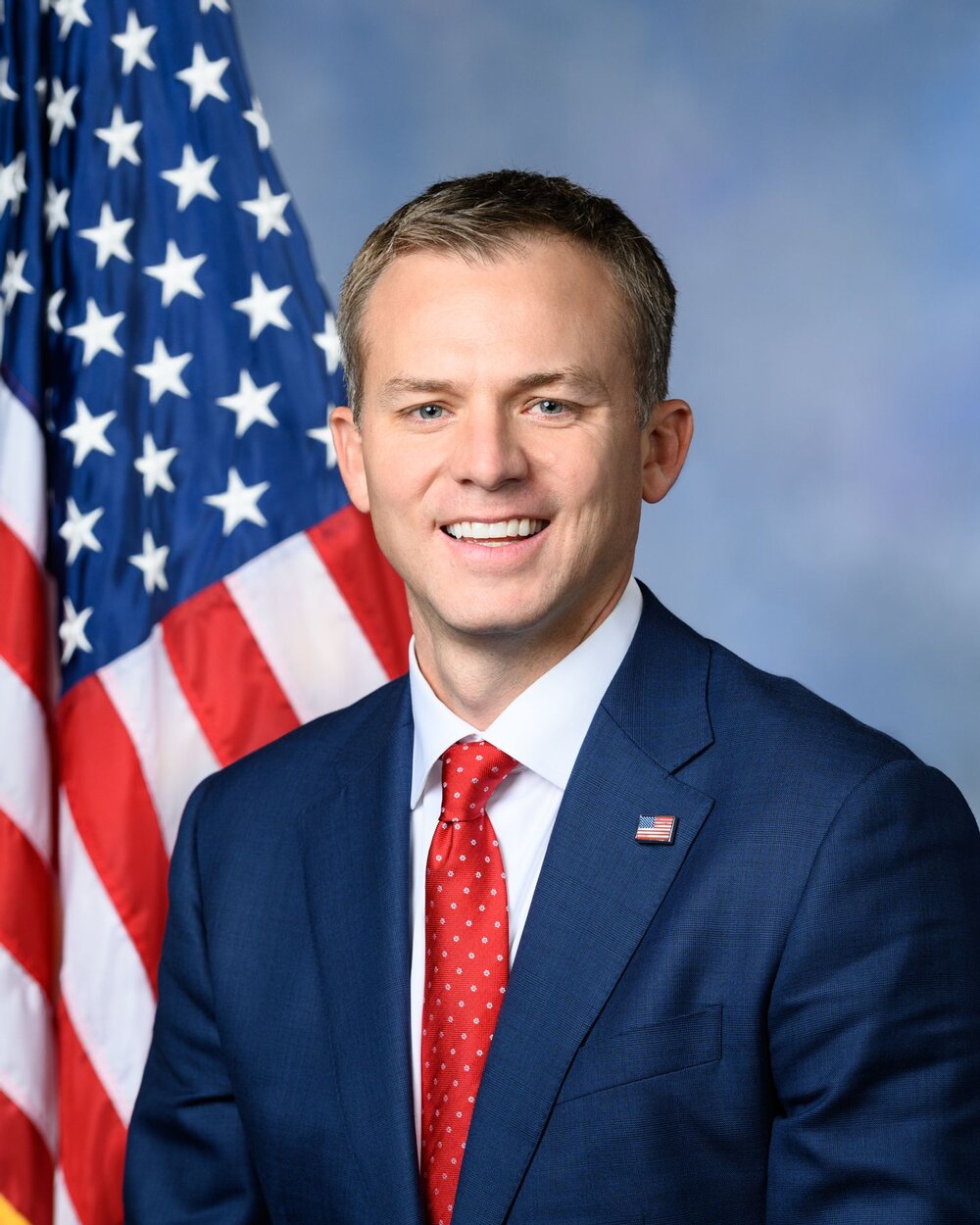Malloy: Senators get favorable marks in bipartisanship
August 11, 2020
In Washington, there’s a much more congenial “index,” one that measures effectiveness according to how often members work across the aisle. That index, sponsored by the Millennial Action Project and the Lugar Center – the think tank founded by the late Sen. Richard Lugar of Indiana – doesn’t raise a lot of eyebrows, but is reflective of the importance that Lugar placed on bipartisanship.

In the Gem State, we have the Idaho Freedom Foundation’s “freedom index,” which attempts to sort out the true conservatives from the RINOs while driving some legislators nuts in the process – particularly those Republicans who are branded as liberals.
In Washington, there’s a much more congenial “index,” one that measures effectiveness according to how often members work across the aisle. That index, sponsored by the Millennial Action Project and the Lugar Center – the think tank founded by the late Sen. Richard Lugar of Indiana – doesn’t raise a lot of eyebrows, but is reflective of the importance that Lugar placed on bipartisanship.
With all the partisan rancor in Washington, it’s hard to imagine Republicans and Democrats even being on speaking terms, let alone working together. But that’s just what we see on the TV news. Jamie Spitz, assistant policy director for bipartisan governance with the Lugar Center, says there’s more bipartisanship in Congress than what meets the eye – or the television screen.
“What we see in this Congress, and in previous years, is that representatives and senators often tow the party line publicly,” she says. “Behind the scenes, they are working across the aisle because it helps with their electability. There’s a good amount of bipartisanship going on and it’s a glimmer of hope for us all.”
There’s a fine line that separates the good from the bad on the bipartisan scale, so no need to dive into the numbers. But according to Spitz, any member who is on the plus side of zero – even by fractions — is doing a good job working across the aisle. By that measure in 2019, Sen. Jim Risch was barely on the plus side and ranked 57th on the Senate’s bipartisan index. Sen. Mike Crapo was a few fractions better and zoomed to 35th – almost in the upper third among senators.
On the House side, neither Idaho representative got high marks from last year. Rep. Mike Simpson was slightly on the negative side of zero and ranked 271. Rep. Russ Fulcher, with his ranking of 422, gave him the distinction of being among the most partisan members of the House. Of course, that doesn’t necessarily hurt him politically since many people in his district think the only good Democrats are those who lose elections.
The three senior members of Idaho’s congressional delegation routinely send out news releases touting their bipartisan efforts, and for good reason. Crapo has told me that getting bipartisan support for his initiatives is a standard practice in a chamber that needs at least 60 votes to pass anything. Over the years, Crapo and Risch have worked with Oregon’s Democratic senators to secure funding for rural schools and communities and to battle wildfires.
Simpson had a big win recently when the president signed the Great American Outdoors Act into law, which was one of Simpson’s crowning achievements of his congressional career. The bipartisan bill, according to Simpson’s news release, fully funds the Land and Water Conservation Fund and dedicates funding for the maintenance backlog that exists on public lands.
Risch, who chairs the Senate Foreign Relations Committee, has overseen nearly 40 bipartisan committee bills that have passed the Senate, according to a committee spokesman. He’s leading a bipartisan effort to hold the Chinese communist party accountable for human rights violations.
The Lugar Center, of course, applauds those efforts. As Spitz sees it, working across the aisle equates to good government, and it’s a sound business practice for members of Congress. Fortunately, the trend toward bipartisanship might get better as younger members rise in the leadership ranks.
“House members under 45 are embracing a bipartisan approach to legislation far more often than their older counterparts,” said Dan Dillen, the Lugar Center’s policy director. “This correlation is all-the-more impressive in that it has held true for three Congresses in a row and both younger Republicans and younger Democrats are scoring above the historical average.”
That’s good news for down the line. For now, the old geezers (House Speaker Nancy Pelosi and Senate Majority Leader Mitch McConnell) are calling the shots and that’s the way it will be in the foreseeable future.






Join 1,900+ BIPARTISAN LEADERS NATIONWIDE
Be a part of a network of lawmakers committed to governing effectively, passing more representative public policy, and increasing public trust in democracy.